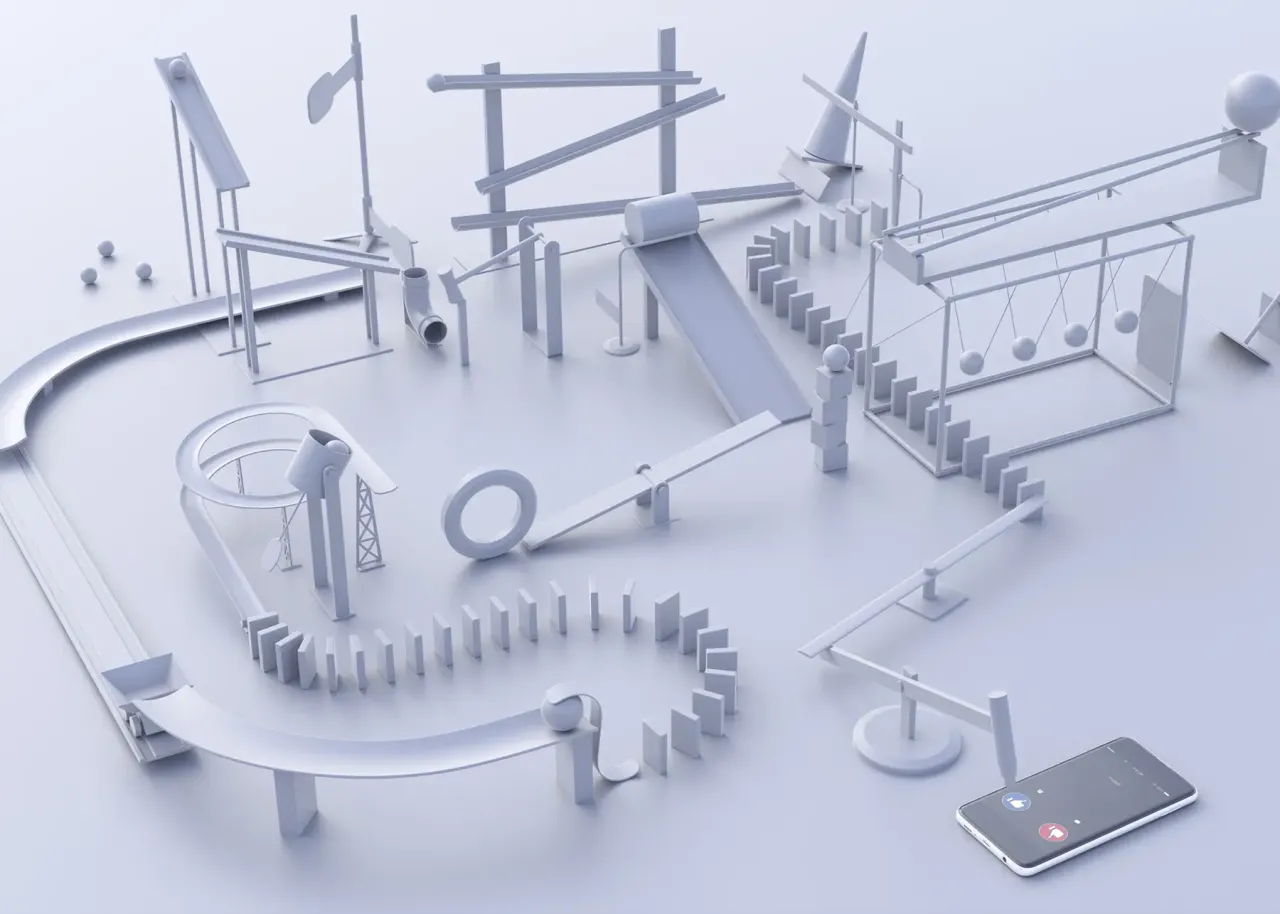The hype around artificial intelligence (AI) can feel exhausting. AI has been hailed as a game-changer for every industry, but integrating AI into existing technology and processes can be a monumental task. This often leads to inflated expectations, heightened pressure to identify viable business cases, and disillusionment when these expectations are not fulfilled at the speed and scale anticipated. A more grounded and practical approach to integrating AI is by way of hyperautomation.
So, what is hyperautomation?
Hyperautomation, a term coined by Gartner, refers to the combination of tools and technologies integrated to deliver work. It’s a more holistic approach to process automation that includes AI, but also encompasses other technologies like robotic process automation (RPA), intelligent business process management software (iBPMS), and advanced analytics.
Hyperautomation doesn’t just focus on automating tasks. It augments human capabilities, creates a digital twin of the organization, and enables the automation of complex processes. It's a more practical and inclusive approach that acknowledges the role of AI but within a broader, more comprehensive framework.
Can I buy hyperautomation?
Although some vendors may claim to provide hyperautomation in a boxed solution, it’s not quite that simple. Instead of a platform you can buy, hyperautomation is more of a methodology or an approach to automating a complete process, leveraging various technologies. Hyperautomation solutions combine one or more of these tools to achieve the ideal process outcome. With these technologies, a hyperautomation solution can automate a process with less human intervention than ever before.
Examples of hyperautomation tools
At the heart of hyperautomation applications is the toolset used to implement a complete solution. Hyperautomation tools include artificial intelligence, machine learning, computer vision, natural language processing, intelligent document extraction, RPA, microservices, API integrations, conversational AI (chatbots), and even scripting.
A well-designed hyperautomation solution selects the right tools to complete each required task in a scalable and, whenever possible, autonomous way. A hyperautomation solution may include a human decision maker to collaborate and verify decisions or approve a next step. In this way, hyperautomation tools work alongside their human counterparts to accelerate processes and increase productivity.
How to get started with hyperautomation solutions
The first step to getting started with hyperautomation solutions is to identify business goals and objectives where automation could improve efficiency, reduce costs, or enhance customer service. A business goal identifies the problem to be solved, while the objectives provide the action plan to achieve the goal.
For example, a company flooded with customer questions may set a goal to improve customer satisfaction, by providing self-service options to resolve 25% of calls and to decrease time to resolve customer calls by 20% overall. The first objective can be addressed through an AI-powered chatbot, and the second using RPA to provide a digital assistant to the customer service representatives. An iBPMS system can be implemented to monitor processing in real-time, identify bottlenecks, and make necessary adjustments.
Examples of hyperautomation solutions
- Invoice processing
- Onboarding
- Fraud detection
- Supply chain management
- Healthcare patient records
- Sales forecasting
- Social media monitoring
- IT service desk
- Quality assurance
Hyperautomation in application development and maintenance (ADM)
In ADM, teams can get started with hyperautomation by implementing automation test cases as part of their continuous integration/continuous deployment (CI/CD) pipeline. They can also monitor dependencies like third-party APIs, and even raise an issue or trigger a “self-healing” process to resolve the issue before users are impacted.
A hyperautomation solution that works
Navigating the hype cycle of AI necessitates a more grounded approach, which hyperautomation provides. By integrating various technologies, enhancing human capabilities, and automating complex tasks, hyperautomation presents a practical, comprehensive, and efficient way forward. The journey begins with clear business goals and culminates in improved efficiency, cost reduction, and superior customer service, marking a significant leap in the realm of technological advancements.
At CAI, we use a portfolio of industry-leading automation solutions for a best-for-you approach. If you’re interested in refining your automation strategy and exploring hyperautomation, contact us and we’ll work together to optimize your time and resources.




